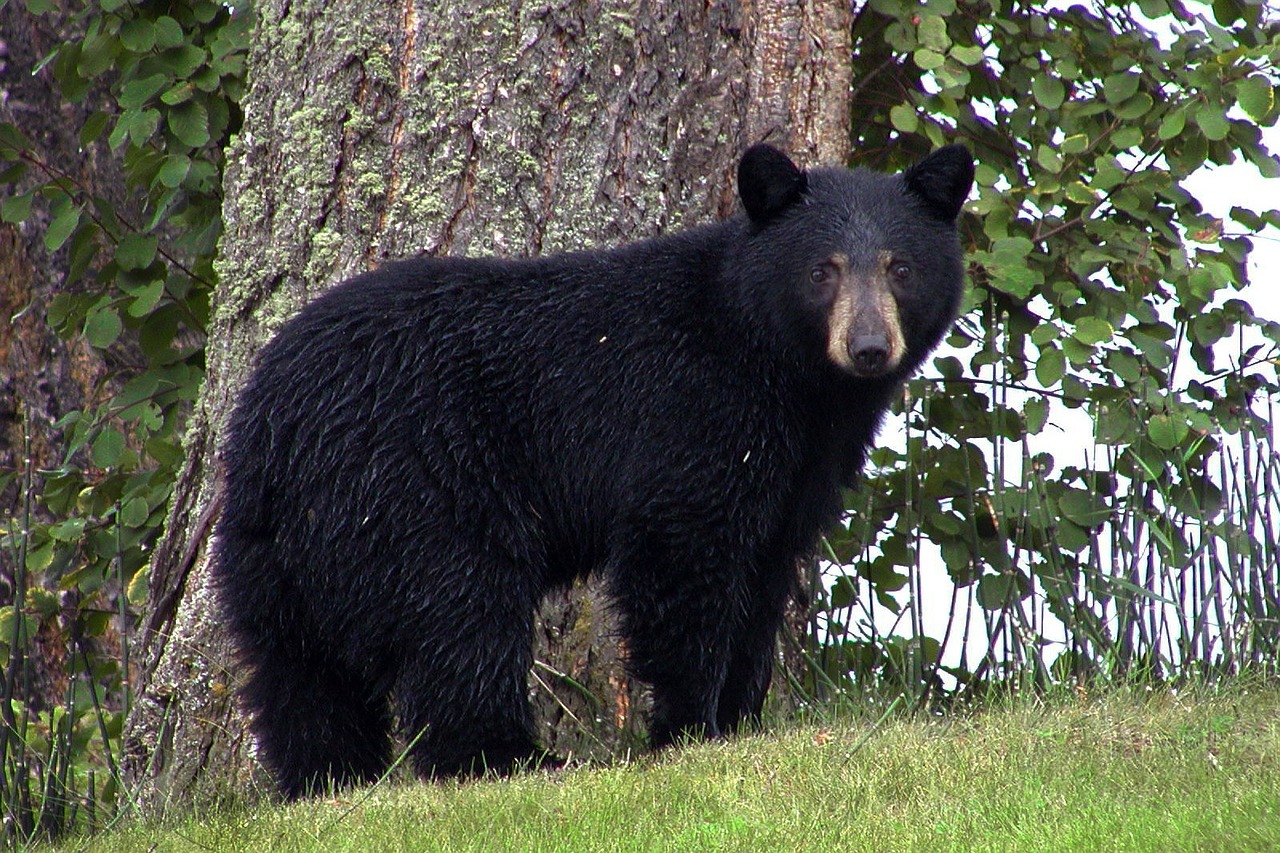By promoting sustainable tourism practices, engaging local communities, and advocating for robust legal protections, we can ensure that Alaska remains a sanctuary for its incredible wildlife while continuing to welcome visitors from around the world.
Alaska, with its breathtaking landscapes, abundant wildlife, and unique ecosystems, is a prime destination for tourists seeking natural beauty and adventure. However, the influx of visitors brings significant challenges to the delicate balance of its environment. This article delves into the impact of tourism on Alaskan wildlife, exploring the legal measures in place to protect these ecosystems and the lawsuits that have arisen to address environmental concerns. Through understanding these dynamics, we can appreciate the efforts being made to ensure that Alaska remains a sanctuary for wildlife while accommodating the growing tourism industry.
The Growth of Tourism in Alaska
Tourism is a vital part of Alaska’s economy, contributing significantly to employment and revenue. According to the Alaska Travel Industry Association, over two million visitors travel to Alaska each year, with the majority arriving during the summer months. These tourists are drawn to the state’s national parks, glaciers, wildlife viewing opportunities, and outdoor activities such as hiking, fishing, and kayaking.
Economic Benefits of Tourism
The economic benefits of tourism in Alaska are substantial. The industry supports jobs in hospitality, transportation, and retail, and generates tax revenue for the state. For many rural communities, tourism provides a crucial source of income and helps to preserve local cultures and traditions.
Environmental Challenges
However, the environmental challenges posed by tourism are significant. The presence of large numbers of visitors can lead to habitat disruption, pollution, and increased human-wildlife interactions. These impacts can have detrimental effects on Alaska’s diverse species, from marine mammals and birds to terrestrial animals.
Impact on Alaskan Wildlife
The impact of tourism on Alaskan wildlife varies by species and region, but several common issues emerge.
Habitat Disruption
One of the primary concerns is habitat disruption. Construction of tourist facilities, such as hotels in Alaska, lodges, and trails, can fragment habitats and displace wildlife. Increased foot traffic and recreational activities can also lead to soil erosion, vegetation damage, and disturbance of nesting and feeding areas.
Pollution
Tourism-related pollution, including litter, wastewater, and emissions from vehicles and boats, poses a threat to wildlife. Marine pollution is particularly concerning, as it can affect fish, birds, and marine mammals. In addition, noise pollution from boats and aircraft can disturb sensitive species.
Legal Measures to Protect Wildlife
To mitigate the impact of tourism on wildlife, various legal measures have been implemented at the federal, state, and local levels. These laws aim to balance the needs of tourism with the imperative to protect Alaska’s natural heritage.
Federal Laws
Several federal laws play a crucial role in protecting Alaskan wildlife.
The National Park Service Organic Act

The National Park Service Organic Act of 1916 established the National Park Service (NPS) and mandated the preservation of natural and cultural resources for future generations. Alaska is home to numerous national parks, including Denali, Glacier Bay, and Katmai, which are managed under this act. The NPS regulates tourism activities within these parks to minimize environmental impact and protect wildlife.
The Marine Mammal Protection Act (MMPA)
The Marine Mammal Protection Act of 1972 aims to prevent the depletion of marine mammal populations due to human activities. The MMPA prohibits the “take” of marine mammals, which includes harassment, hunting, capturing, or killing, except under specific conditions. This law is particularly relevant to Alaska, where marine mammals such as whales, seals, and sea otters are popular attractions for tourists.
The Endangered Species Act (ESA)
The Endangered Species Act of 1973 provides comprehensive protection for species at risk of extinction. Under the ESA, federal agencies must ensure that their actions do not jeopardize the continued existence of listed species or destroy their critical habitats. In Alaska, this includes species such as the Steller sea lion, the polar bear, and various seabirds, all of which can be affected by tourism activities.
State and Local Regulations
In addition to federal laws, Alaska has its own regulations aimed at protecting wildlife and managing tourism.
Alaska Department of Fish and Game (ADF&G)
The ADF&G is responsible for managing the state’s fish and wildlife resources. The department issues regulations on hunting, fishing, and wildlife viewing to ensure sustainable practices. For example, the ADF&G has established guidelines for bear viewing to minimize disturbances and protect both bears and humans.
Local Ordinances
Local governments in Alaska also play a role in regulating tourism and protecting wildlife. For instance, some municipalities have enacted ordinances to control development in sensitive areas, limit the number of tour operators, and establish no-wake zones to protect marine life from boat traffic.
Legal Disputes and Lawsuits
Despite the existence of robust legal frameworks, conflicts often arise between tourism interests and wildlife protection. These disputes frequently lead to lawsuits, with various stakeholders seeking to influence policy and enforcement.
Case Study: Cruise Ship Pollution
One prominent example is the issue of cruise ship pollution. Alaska’s pristine waters attract numerous cruise ships each year, but these vessels can discharge pollutants, including sewage, graywater, and hazardous substances. In 2006, Alaska voters approved the Cruise Ship Initiative, which imposed stricter regulations on wastewater discharges and required onboard environmental monitors. However, enforcement and compliance have been contentious, leading to lawsuits by environmental groups seeking to hold cruise lines accountable.
Case Study: Wildlife Viewing and Disturbance
Another area of legal conflict involves wildlife viewing activities. The popularity of bear viewing, whale watching, and other wildlife tours has led to concerns about disturbance and harassment. In some cases, lawsuits have been filed to challenge permits issued to tour operators, arguing that they fail to adequately protect wildlife. For example, in 2018, a coalition of environmental organizations sued the National Park Service over its plan to increase bear viewing permits in Katmai National Park, claiming it would lead to excessive disturbance of bear habitats.
Local News and Legal Developments
Staying informed about local news and legal developments is crucial for understanding the ongoing impact of tourism on Alaskan wildlife. Alaska news outlets provide valuable updates and insights into environmental issues and legal actions in the region. By following such sources, stakeholders can stay updated on the latest developments and participate in the discourse surrounding tourism and wildlife protection.
Balancing Tourism and Wildlife Protection
Finding a balance between promoting tourism and protecting wildlife requires collaboration among various stakeholders, including government agencies, tour operators, environmental organizations, and local communities.
Sustainable Tourism Practices
Promoting sustainable tourism practices is essential for minimizing the environmental impact of visitors. This includes implementing best practices for waste management, reducing carbon footprints, and educating tourists about responsible behavior. Tour operators can play a significant role by adopting eco-friendly practices and raising awareness among their clients.
Community Involvement
Engaging local communities in tourism management and wildlife protection is also crucial. Indigenous and local knowledge can provide valuable insights into sustainable practices and help build a sense of stewardship among residents. Collaborative initiatives that involve communities in decision-making processes can lead to more effective and culturally sensitive solutions.
Adaptive Management
Adaptive management is a strategy that involves monitoring environmental impacts and adjusting practices based on feedback and changing conditions. This approach allows for flexibility and continuous improvement in managing tourism and protecting wildlife. For example, if a particular area experiences increased disturbance due to tourism, management practices can be adjusted to mitigate the impact.
Legal Advocacy and Public Awareness
Legal advocacy and public awareness campaigns are vital for ensuring that wildlife protection laws are enforced and that tourism practices are sustainable. Environmental organizations play a key role in monitoring compliance, filing lawsuits when necessary, and educating the public about the importance of preserving Alaska’s natural heritage.
Conclusion
The impact of tourism on Alaskan wildlife is a complex and multifaceted issue that requires careful management and legal oversight. Federal, state, and local laws provide a framework for protecting wildlife, but challenges remain in balancing tourism with environmental conservation. Legal disputes and lawsuits highlight the ongoing conflicts and the need for vigilant enforcement and advocacy.
Staying informed through local news outlets like Alaska News is essential for understanding the evolving landscape of tourism and wildlife protection in Alaska. By promoting sustainable tourism practices, engaging local communities, and advocating for robust legal protections, we can ensure that Alaska remains a sanctuary for its incredible wildlife while continuing to welcome visitors from around the world.


Join the conversation!